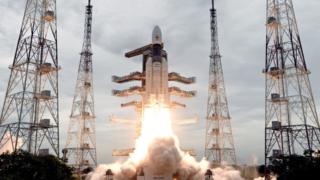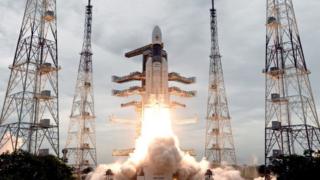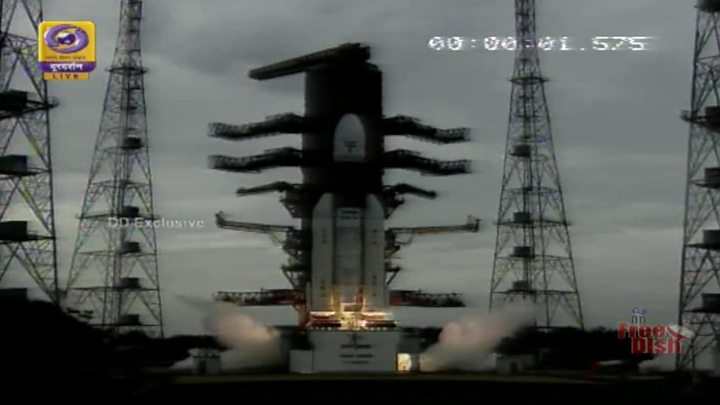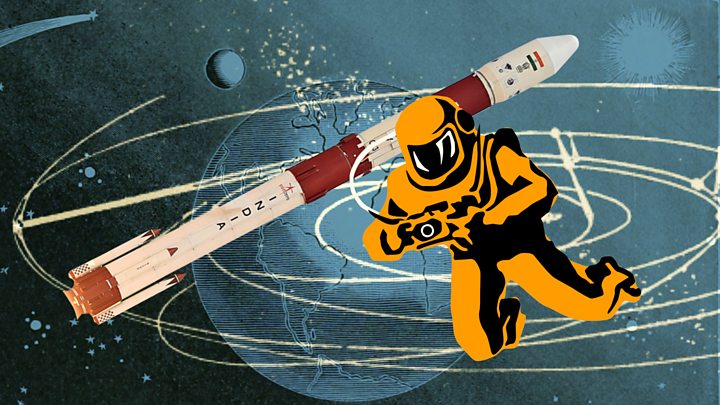Chandrayaan-2: India aims for soft landing on Moon’s south pole

 Image copyright Isro
Image copyright Isro India is preparing to become the first country to land a mission on the south pole of the Moon.
Chandrayaan-2 entered the Moon’s orbit on 20 August, a month after take-off.
The lander it’s carrying is due to make the historic touchdown on the unexplored south pole at about 20:00GMT on Friday (01:30 Indian time Saturday).
If successful, India will become only the fourth country to make a soft landing on the lunar surface, after the former Soviet Union, the US and China.
India’s first Moon mission – Chandrayaan-1 in 2008 – carried out the first and most detailed search for water on the lunar surface using radars.

Media playback is unsupported on your device
What is this mission all about?
Chandrayaan-2 (Moon vehicle 2) is the most complex mission ever attempted by India’s space agency, Isro. “It is the beginning of a historical journey,” Isro chief K Sivan said after launch in July.
The lander (named Vikram, after the founder of Isro) carries within its belly a 27kg Moon rover with instruments to analyse the lunar soil.
In its 14-day life, the rover (called Pragyan – wisdom in Sanskrit) can travel up to a half a kilometre from the lander and will send data and images back to Earth for analysis.
The mission will focus on the lunar surface, searching for water and minerals and measuring moonquakes, among other things.
Why is it significant?
A soft landing on another planetary body – a feat achieved by just three other countries so far – would be a huge technological achievement for Isro and India’s space ambitions, writes science writer Pallava Bagla.
He adds that it would also pave the way for future Indian missions to land on Mars, and open up the possibility of India sending astronauts into space.
For the first time in India’s space history an interplanetary expedition is being led by two women – Muthaya Vanitha, the project director, and Ritu Karidhal, the mission director.

Media playback is unsupported on your device
It’s also a matter of national pride – the satellite’s lift-off in July was broadcast live on TV and Isro’s official social media accounts.
The mission has also made global headlines because it’s so cheap – the budget for Avengers: Endgame, for instance, was more than double at an estimated $356m. But this isn’t the first time Isro has been hailed for its thrift. Its 2014 Mars mission cost $74m, a tenth of the budget for the American Maven orbiter.
Read more about India’s space ambitions
How did Chandrayaan-2 get to the Moon?
Its six-week long journey was a lot longer than the four days Nasa’s Apollo 11 mission took 50 years ago to land humans on the Moon for the first time.
But Isro chose a circuitous route to save fuel – it took advantage of the Earth’s gravity, which helped slingshot the satellite towards the Moon.
The satellite then stayed in the Earth’s orbit for 23 days before it began a series of manoeuvres that took it into lunar orbit.


